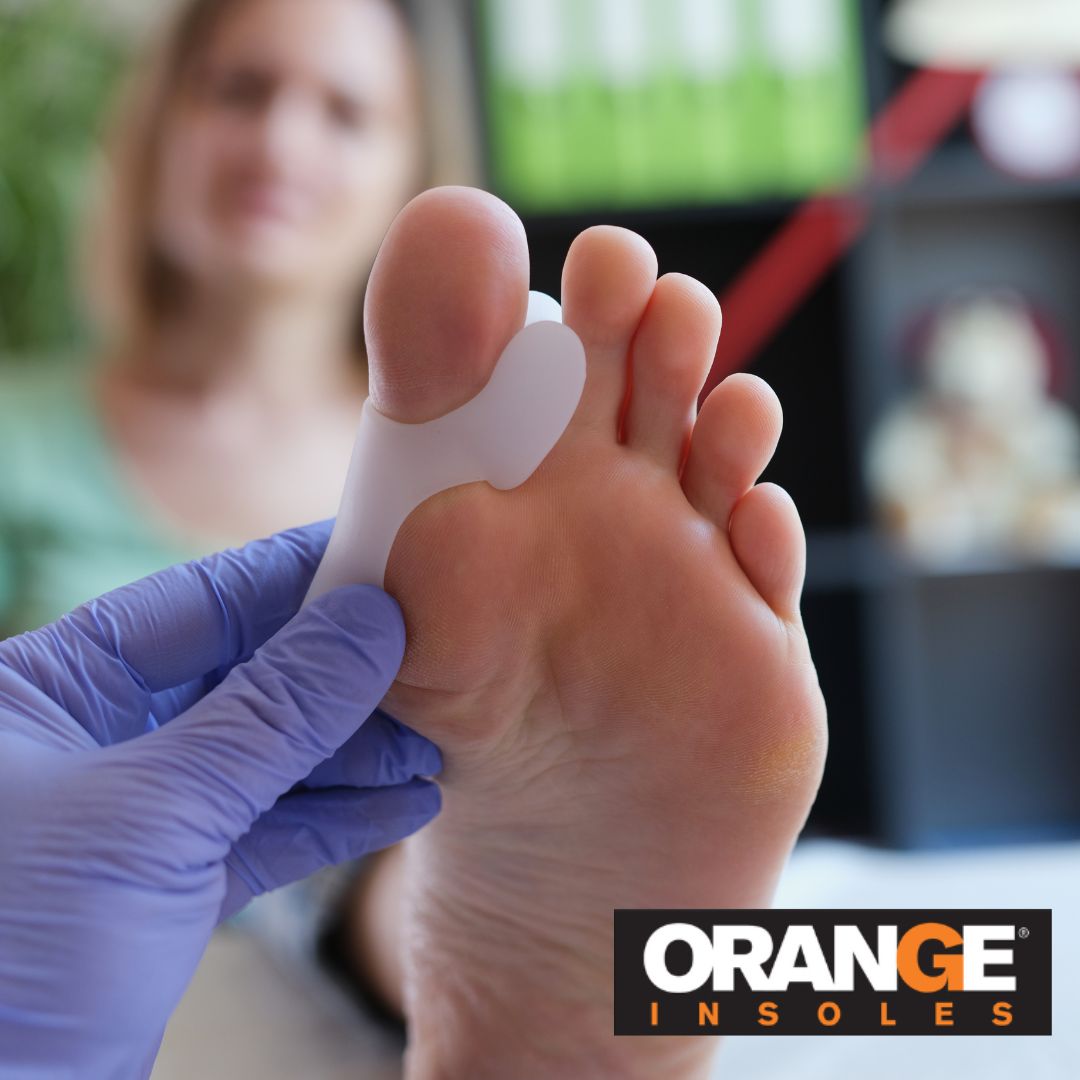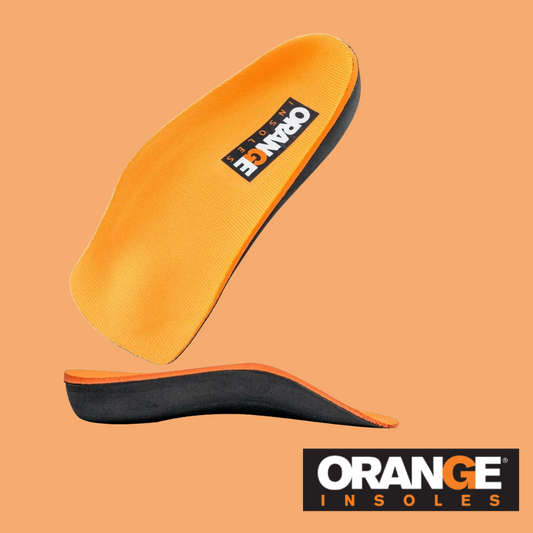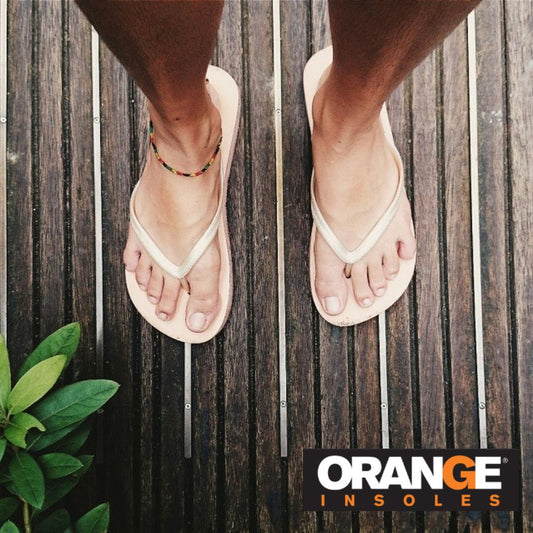Imagine your big toe stiff, sore, and swollen, making everyday stuff like walking or just standing around really tough.
Hallux Rigidus is basically arthritis hitting the big toe, making it one of the most common foot troubles, especially for adults. That’s what we’re dealing with here.
Understanding the Condition
Hallux Rigidus can start from things like your foot rolling inwards too much (that's overpronation), getting hurt, or just wearing the wrong shoes. These problems can slowly make the pain worse over time. If you don't deal with it, it won't just stay the same; it'll get worse, making it harder to move around and do your daily activities.
Here are a few other factors that can cause this condition:
-
Genetics: Sometimes, the structure of your foot is something you inherit from your family. If your parents or grandparents had similar issues, you might be more likely to develop them too.
-
Age: As we get older, the wear and tear on our joints increase, making conditions like Hallux Rigidus more common in middle-aged and older adults.
-
Inflammatory Diseases: Conditions that cause inflammation throughout the body, such as rheumatoid arthritis or gout, can also affect the joints in your feet, leading to Hallux Rigidus.
-
Repetitive Stress: Activities or jobs that put a lot of pressure on the foot, especially those involving repetitive movements or standing for long periods, can contribute to the development of this condition.
-
Improper Gait: How you walk can play a big role. If your gait (the way you walk) puts too much stress on the big toe joint, it can lead to problems.
Read more: Do You Know How To Walk?
- Foot Shape: Having certain foot shapes, like a longer first toe, can put you at a higher risk for developing Hallux Rigidus due to the increased stress on the toe joint.
How To Treat Hallux Rigidus?
There's a whole world of treatment options out there, from basic home care to professional interventions, aimed at bringing you relief and getting you back on your feet. Hallux Rigidus doesn't have to slow you down.
- Insoles: Orange Full Insoles promote proper weight distribution across the foot, reduce excessive pressure on the big toe joint, and provide stability to the foot's arch, thus alleviating discomfort and enhancing overall foot function.
- Stretching Exercises: Starting with the basics, specific foot and toe stretches can make a big difference. These exercises aim to increase flexibility and decrease stiffness in the big toe. Simple stretches that extend the toe joint can help maintain mobility and reduce discomfort during daily activities. Remember, DO NOT perform any stretches that exacerbate the pain.
- Physical Therapy: A step up from home exercises, seeing a physical therapist can provide personalized strategies to manage pain and improve toe function. Physical therapy may include manual therapy techniques to mobilize the joint, tailored exercise programs, and advice on foot mechanics during walking or running.
- Medications: For flare-ups and intense pain periods, over-the-counter pain relievers like ibuprofen or naproxen can offer temporary relief. In some cases, corticosteroid injections directly into the toe joint are used to reduce inflammation and pain.
- Lifestyle and Footwear Changes: Sometimes, the solution is as simple as changing what's on your feet. Shoes with a wide toe box, additional supportive insoles, and possibly even rocker-bottom designs can alleviate pressure on the big toe, making walking less painful.
- Surgical Options: When other treatments haven’t brought the desired relief, surgery might be considered. Surgical treatments vary based on the severity and progression of the condition but can range from cleaning up the joint (cheilectomy) to fusing the joint (arthrodesis) or even replacing it (arthroplasty). These options aim to relieve pain while restoring as much function as possible.
Remember, please consult your doctor if you are experiencing pain before jumping into a treatment plan!
Taking A Combined Approach To Prevention and Treatment
While insoles offer a great way to manage Hallux Rigidus, combining them with a healthy diet rich in anti-inflammatory foods and consistent foot care can enhance your overall wellness strategy. Although it's challenging to completely avoid Hallux Rigidus due to factors like genetics and natural wear and tear, maintaining a healthy weight, choosing footwear wisely, and keeping your feet strong with exercises can significantly reduce your risk.
Remember, a holistic approach to foot health is your best defense against the discomforts of Hallux Rigidus, ensuring you stay active and comfortable on your feet.

























































